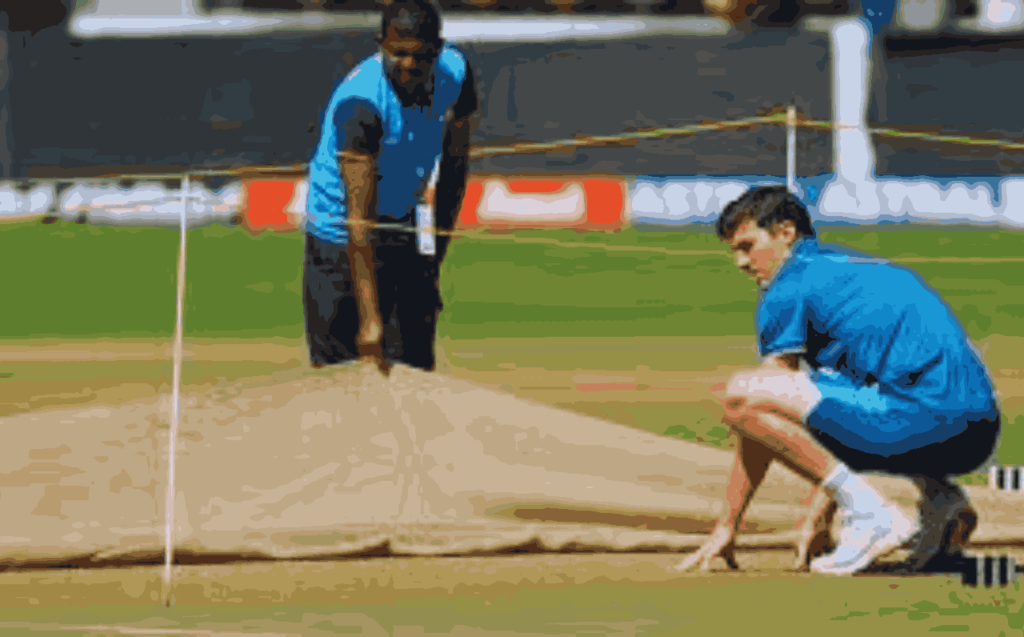Cricket, often termed as a gentleman’s game, has its fair share of risks, both on and off the field. While players undergo rigorous training to mitigate on-field injuries, unexpected events like equipment damage, accidents, or even cancellation of matches due to adverse weather can disrupt the game and lead to financial losses. This is where cricket insurance comes into play, offering protection against such unforeseen circumstances. In this comprehensive guide, we delve into the intricacies of cricket insurance claims, providing valuable insights for players, clubs, and associations alike.
Understanding Cricket Insurance:
Cricket insurance is a specialized form of sports insurance designed to safeguard players, clubs, and associations against various risks associated with the sport. These risks may include injuries to players, damage or theft of equipment, cancellation of matches due to adverse weather conditions, or other unforeseen events that may result in financial losses.

Types of Cricket Insurance Claims:
Player Injury Claims:
- Injuries sustained by players during practice sessions or official matches are common occurrences in cricket. A comprehensive cricket insurance policy typically covers medical expenses, loss of income due to temporary or permanent disability, and rehabilitation costs for injured players.
- To file a player injury claim, the injured party or their representative must provide detailed documentation, including medical reports, treatment invoices, and proof of income loss, to the insurance provider.
- The claim process may also involve verification by medical professionals appointed by the insurer to assess the extent of the injury and its impact on the player’s ability to participate in future matches.

Equipment Damage or Theft Claims:
- Cricket equipment, including bats, balls, helmets, pads, and gloves, are essential for players to perform at their best. Damage to or theft of this equipment can significantly impact a player’s performance and incur financial losses.
- Cricket insurance policies often include coverage for damage to or theft of equipment, providing reimbursement for repair or replacement costs. To file such a claim, the insured party must submit evidence of the damage or theft, along with proof of ownership and the estimated cost of repair or replacement.

Match Cancellation Claims:
Key Steps in Filing a Cricket Insurance Claim:
- Notify the Insurer: In the event of an incident covered by the insurance policy, the insured party should notify the insurance provider as soon as possible to initiate the claims process.
- Gather Documentation: Collect all relevant documentation, including incident reports, medical records, invoices, receipts, and any other evidence supporting the claim.
- Complete Claim Form: Fill out the claim form provided by the insurer accurately and completely, ensuring that all required information is included.
- Submit Claim Documents: Submit the completed claim form along with supporting documents to the insurance provider through the specified channels, such as email, mail, or online portals.
- Await Assessment: The insurance provider will review the submitted claim documents and may request additional information or clarification if necessary. They may also appoint assessors or adjusters to evaluate the claim.
- Receive Settlement: Once the claim is approved, the insurance provider will process the settlement and issue payment to the insured party or their designated beneficiary.

conclusion:
Conclusion: Cricket insurance plays a vital role in safeguarding players, clubs, and associations against the financial risks associated with the sport. By understanding the types of coverage available and following the necessary steps to file a claim, cricket stakeholders can ensure prompt reimbursement for losses incurred due to injuries, equipment damage or theft, and match cancellations. With the right insurance protection in place, cricket enthusiasts can focus on enjoying the game without worrying about unforeseen setbacks.
You can also read:

